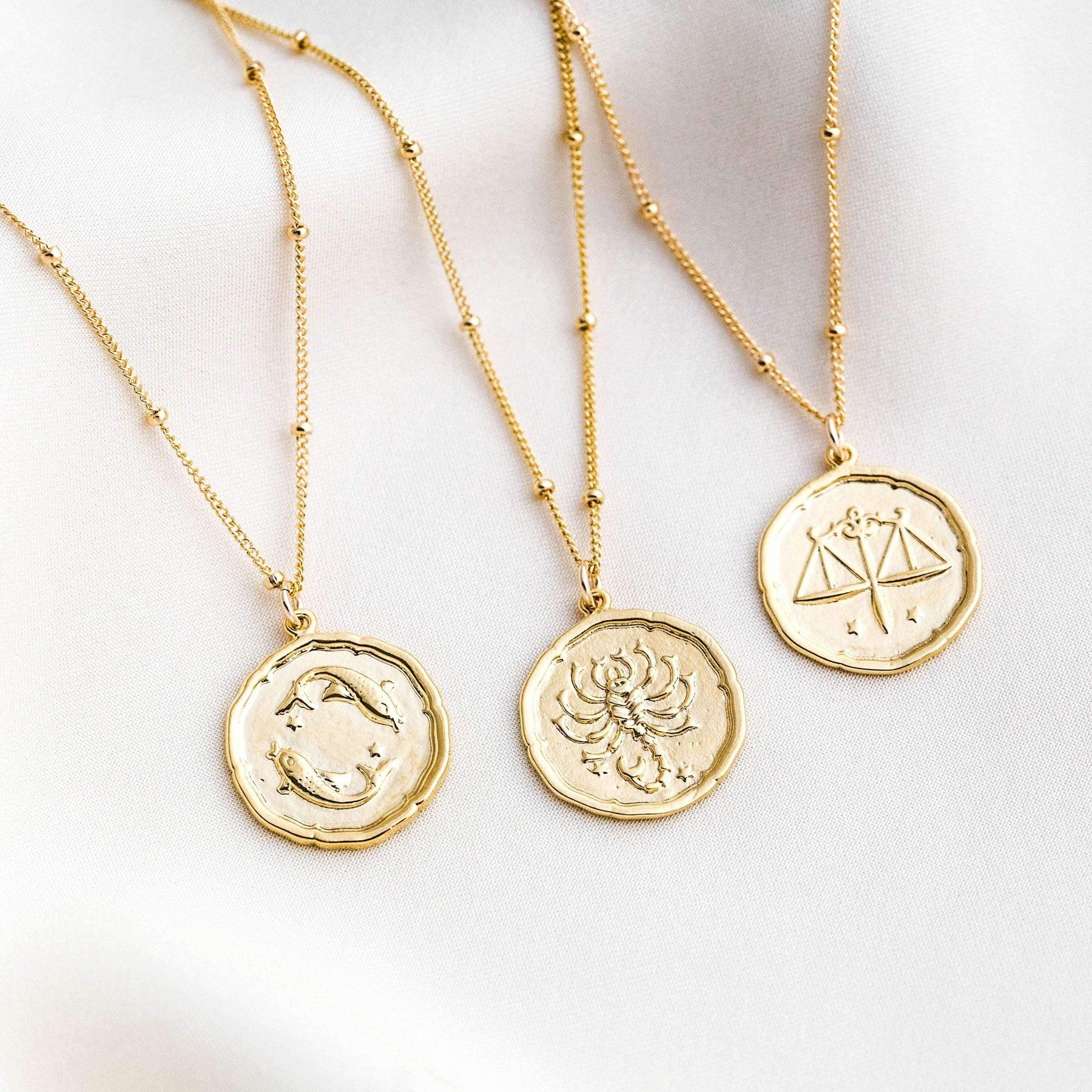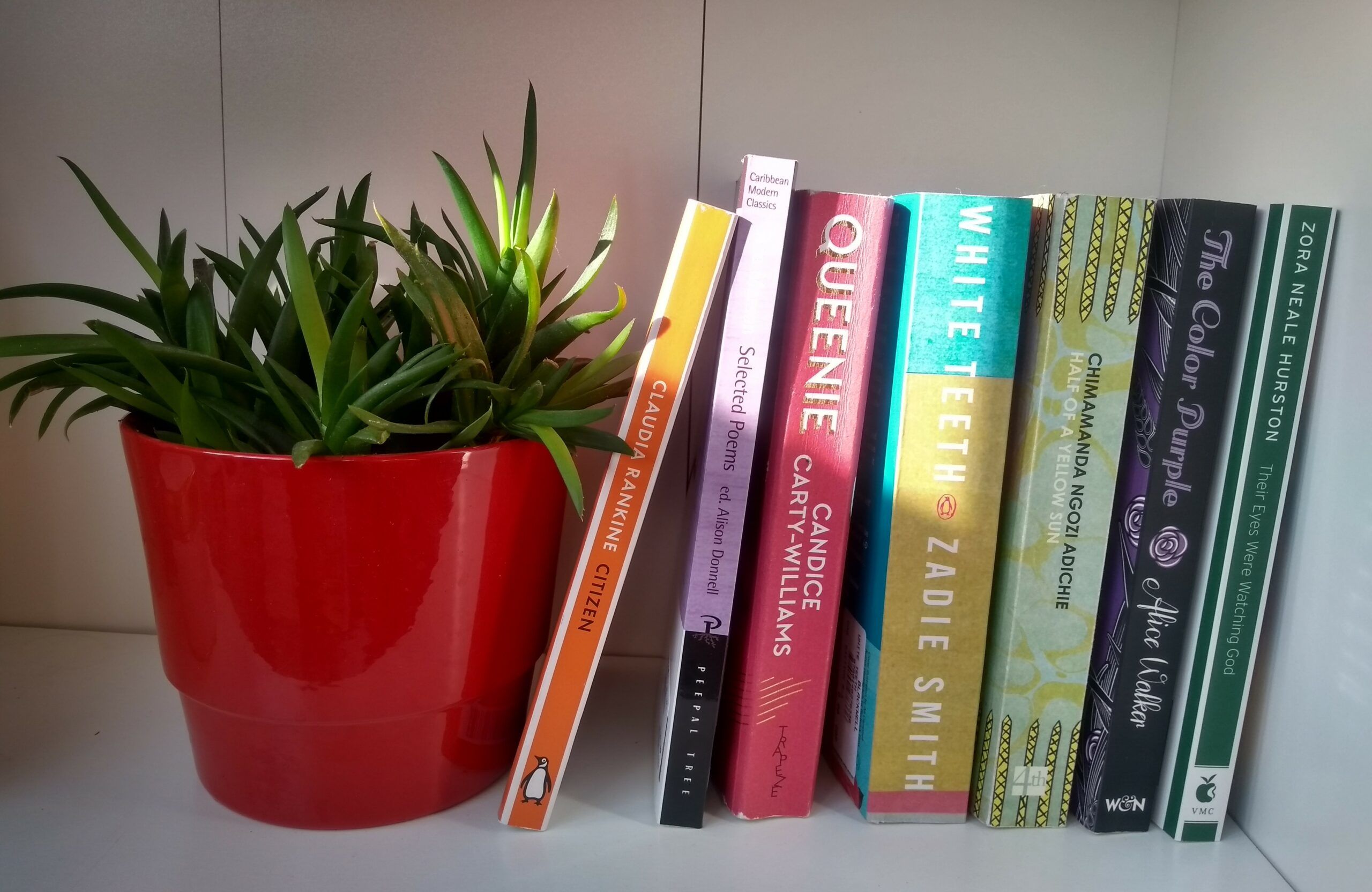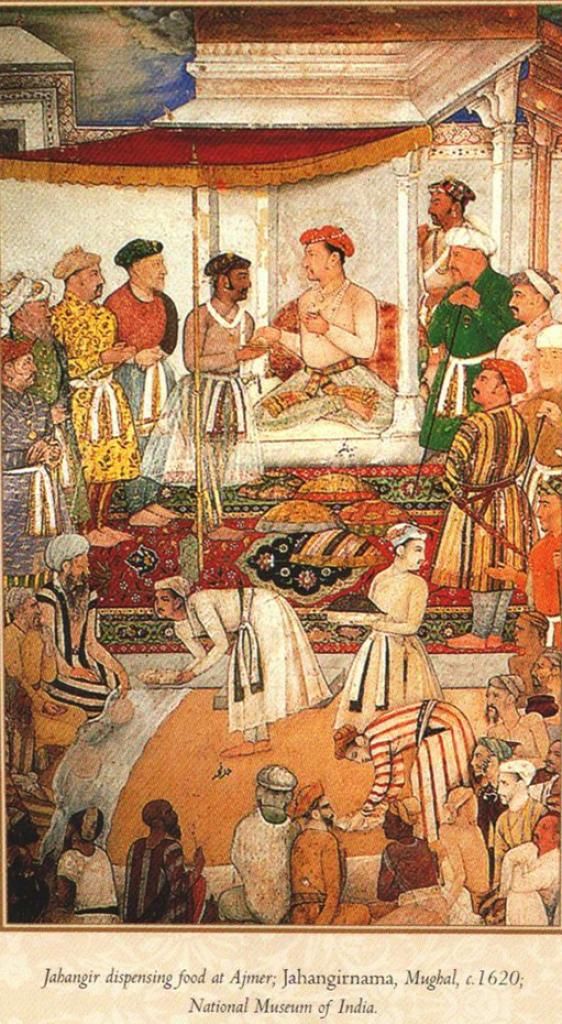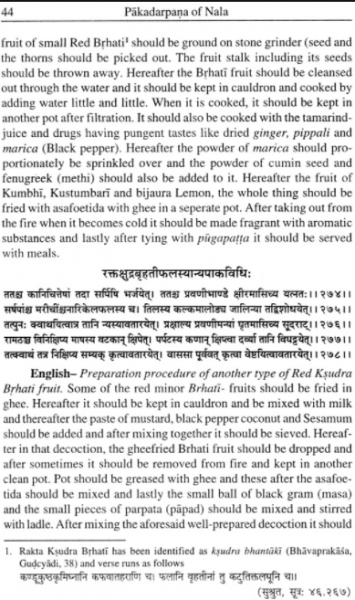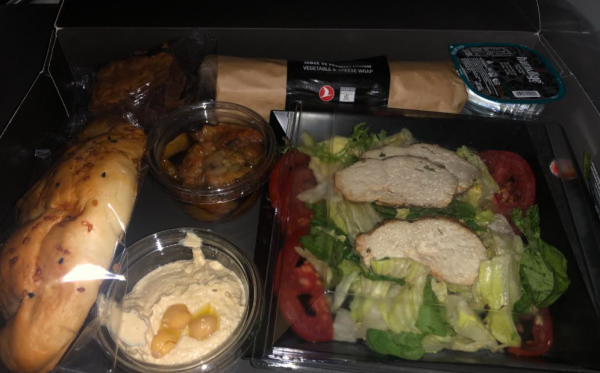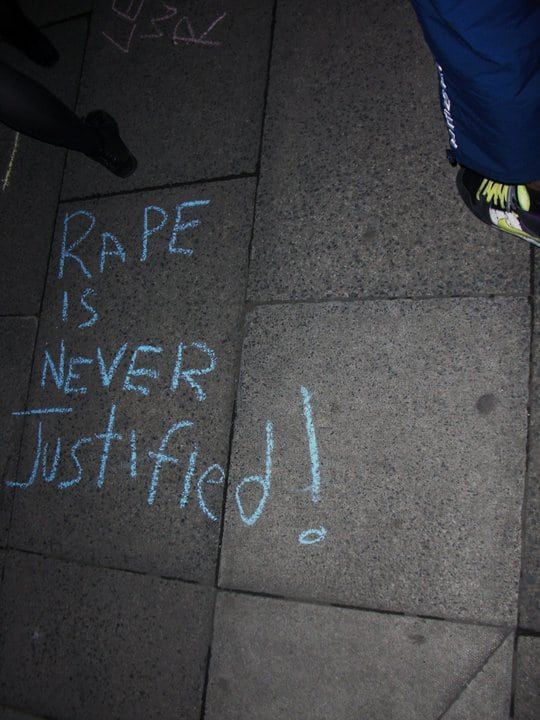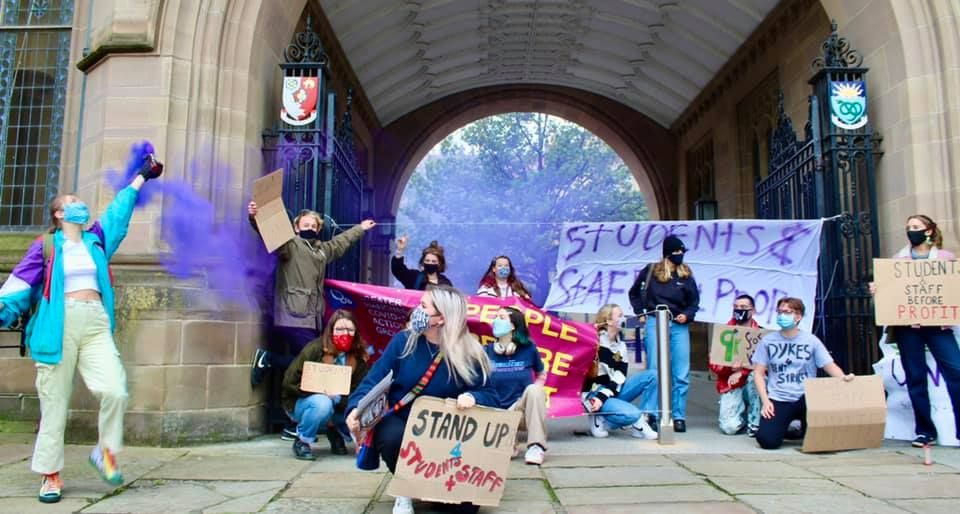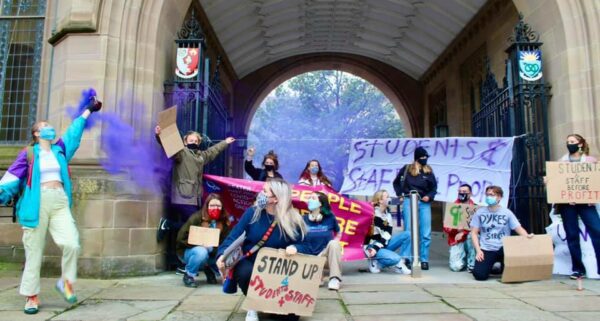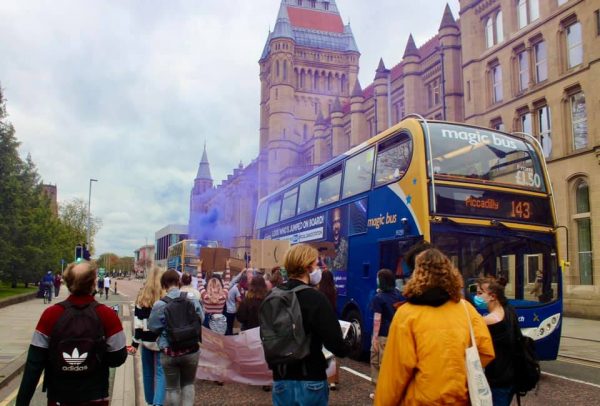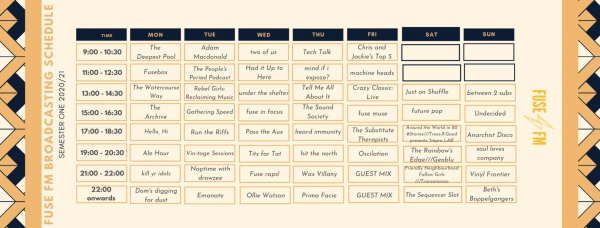Your winter wardrobe staple based on your zodiac sign
Our horoscopes have a lot to say about us, from personality traits to our compatibility in a relationship, but have you ever thought about letting your star sign dictate your wardrobe?
As winter is well and truly creeping upon us and the impending second lockdown has left many of us in a style rut, why not leave your outfits to the decision of the stars? We have compiled a list of our favourite winter pieces for each star sign, and you can also support your favourite Manchester boutiques whilst achieving these zodiac-approved styles.
Aries (March 21 – April 19)
You’re bold and audacious, so it’s important to stand out this winter with your fashion sense. Although you always tend to be optimistic and eager to pursue challenging situations, you’re also somewhat direct and take a no-frills approach when doing so.
The perfect way to depict this in your wardrobe is with an item that is bold yet uncomplicated; something unlikely that just seems to work. To fill this gap, we’re obsessed with Neon Rose’s Marble Knitted Sweater Vest, which is the perfect combination of a classic and somewhat simple trend that is in-charge with its eye-catching and creative print.

Taurus (April 20 – May 20)
As a Taurus, you enjoy relaxing and placing yourself in soothing environments. You love to feel comfortable, whether that’s through a pamper evening or a relaxed and more oversized outfit.
The perfect piece for you is some luxurious loungewear, and to fill this void we’re loving the matching Love Lucy Boutique Taupe Hoodie and Joggers, which acts as the perfect attire for Zoom lectures or chilled weekend in the house.

Gemini (May 21 – June 20)
You’re a social butterfly who often has many different pursuits and ventures going on in life, meaning you’re not only permanently busy but you also have a wide circle of friends to match. You’re also excellent at managing change, so the perfect outfit for you is something that’ll take you from day to night.
Neon Rose’s Pattie Paisley Maxi Cami Slip Dress does just that – it looks equally gorgeous layered with a jumper and boots for a casual daytime look or worn solo for that evening glam. An outfit like this is perfect for taking you from brunch with the family to cocktails with the girls, making it a Gemini’s essential.

Cancer (June 21 – July 22)
Your sign is highly sensitive to your surroundings and environment. You tend to be self-protective and also love to create nurturing and cosy spaces to indulge in, meaning winter is your season to thrive in.
Your wardrobe staple for this time of year is something that’ll keep you warm and covered, and Native Youth’s Kara Knit is our current fave. The zipped funnel neck and oversized fit make it a cosy and comfortable option for this winter – it’s basically a hug in a jumper.

Leo (July 23 – August 22)
Your animal is the lion, making you the king or queen of your sphere. You’re a natural leader and love to be in the spotlight, which is paired with your theatrical and somewhat vivacious spirit.
When choosing your winter wardrobe, Leo’s need to go all-out with lavish and decadent pieces. Dirty Disco’s Abstract Print Blouse is just that – you’ll be drawing eyes all day with the pop of red and stylish fit of this blouse, leaving you feeling on top of the world.

Virgo (August 23 – September 22)
You have a logical mind and adopt a more practical approach to life. Although you may be a perfectionist at times, this meticulous nature allows you to focus on every detail, and you always have high standards when it comes to being impressed.
This elaborate mind and attention to detail needs to be replicated in your wardrobe, and the perfect way to do so is with Dirty Disco’s Brown Leather Trench Coat. This classic piece is practical for winter and feels very expensive with its shoulder button details, cuff straps and the belt which ties it all together.

Libra (September 23 – October 22)
Balance is key in your life, and you’re focused on creating harmony and equilibrium in your surroundings. You’re also intently focused on physical appearance and have a love of expensive items.
The perfect way to encompass this in your fashion is with a refined and stylish co-ord, and Neon Rose’s Sage Green Oversized Shacket and Wide Leg Trousers is our personal favourite for doing so. It feels lavish and expensive to wear, and you’ll also never have to worry about mismatched, non-cohesive outfits again.

Scorpio (October 23 – November 21)
This passionate and powerful sign is said to be somewhat psychic and intuitive. You also have a plotting and calculated approach to life, meaning all of your decisions are carefully thought out.
This clairvoyance can be carried through into your winter wardrobe by choosing something versatile for the different seasons, meaning you can predict your next outfit with ease. Neon Rose’s Oversized Asymmetrical Hem Shirt is a gorgeous summer staple that’d look equally pretty with a jumper layered over it and paired with some tights and boots.

Sagittarius (November 22 – December 21)
You’re constantly on the hunt for knowledge and eager to explore the world. Not only do you have a magnetic personality that attracts people, but your desire to go on journeys and travel means you always have interesting tales to tell.
Replicate this love of travel in your wardrobe with Dirty Disco’s Midi Dress in Green Hawaiian Print. This is an ode to your fondness of exploration that is the perfect addition to your winter wardrobe, keeping you warm yet still stylish as the winter months approach.

Capricorn (December 22 – January 19)
You are perhaps the most focused of the signs, and you’re easily able to overcome obstacles and reach your goals without any distractions. However, some people may wrongly think of you as the boring sign, when in reality you’re youthful and a troublemaker at heart.
For your winter wardrobe, something basic with a hint of playfulness perfectly encompasses your personality, and for this we’re obsessed with Love Lucy Boutique’s Shirt Peplum Jumper. What looks like an ordinary navy jumper from the front actually has a fun pinstripe shirt detail on the side panels and cuffs, giving a classic piece a bit of extra spice.

Aquarius (January 20 – February 18)
You are frequently referred to as the humanitarian sign, as you are often fighting for change and using your rebellious spirit to project revolutionary ideas. You can sometimes be eccentric and hate conventionality or current trends, which can be seen through your somewhat rogue fashion sense.
This winter, there’s no better item for you than Dirty Disco’s Padded Purple Coat. From the floral sleeve detailing to the electric colour palette, this jacket is truly one of a kind and will make you stand out on the streets of Manchester, making it perhaps our most unusual and offbeat fashion find this season.

Pisces (February 19 – March 20)
Although you can be focused on reality at times, you’re a dreamer at heart. As the most compassionate of the signs, you can easily be consumed by dreams, illusions and thoughts of helping others.
For your winter wardrobe, a reworking of a classic piece is the perfect balance of your ties to reality and fantasy, and Native Youth’s Clancy Coat is a must-have for this. Puffer jackets are a winter staple, but the long-line fit of this mint green garment, as well as the waist tie, is a unique and imaginative take on this iconic look.

